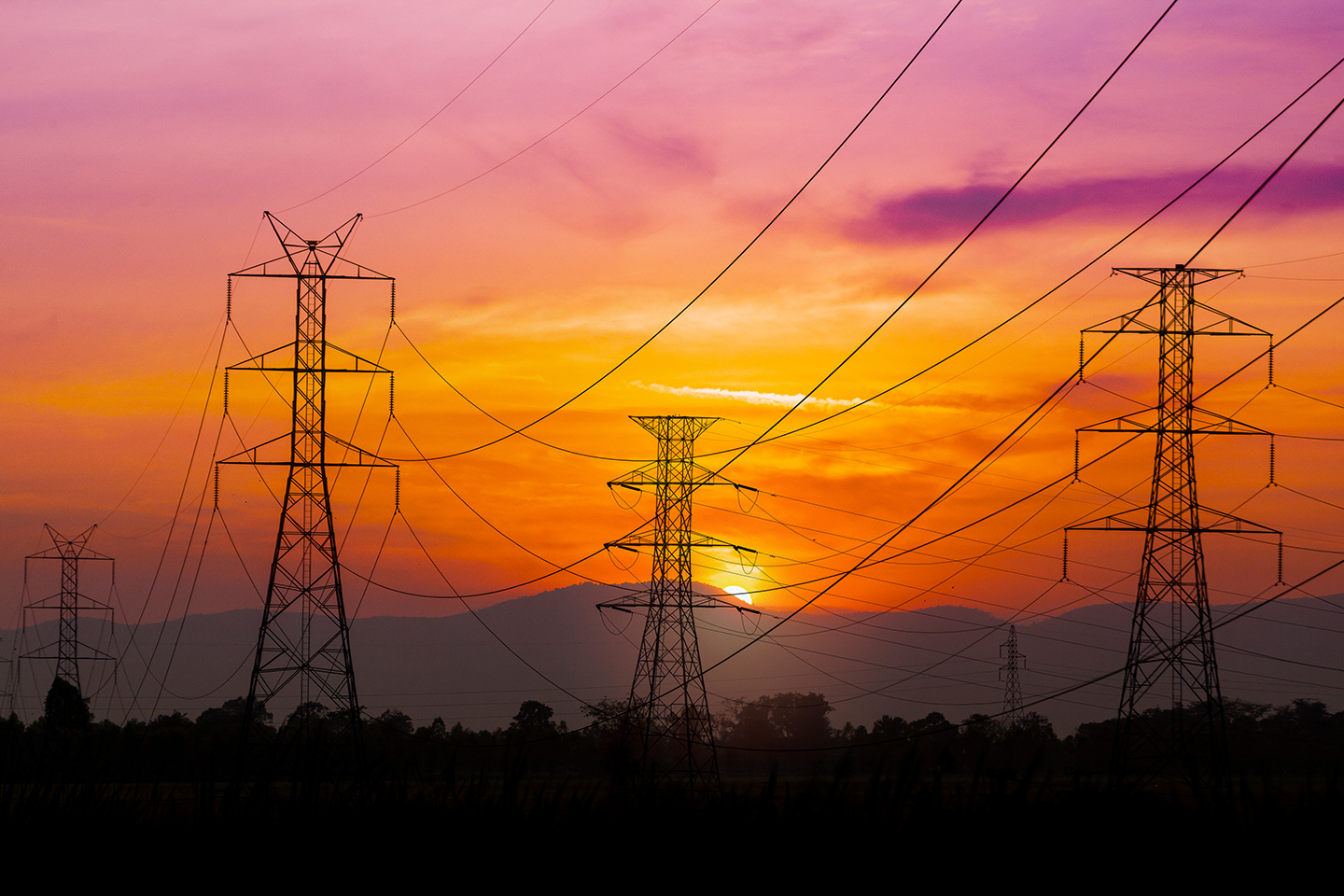Peaking energy demands, skyrocketing electricity prices, and looming issues with grid congestion – the challenges facing the energy system can sometimes seem daunting. Gaining momentum in recent years, flexibility services like home battery optimization solutions are now contributing to the solution, allowing homeowners to support the energy system. But why is this decentralization of the energy market so important for creating a more efficient and sustainable energy system?
/https%3A%2F%2Fwww.flower.se%2Fwp-content%2Fuploads%2F2024%2F05%2FHome-battery-optimization-Flower-Hub.jpg)
According to McKinsey, power demand is expected to double by 2050, putting immense pressure on the electricity grid. To face this new reality, many societies are betting on grid expansions. While this has been a historically certain way to generate more power, it is also a costly and time-consuming approach to addressing a challenge that is far more complex. It also involves infrastructural hurdles that can be harmful to society and the environment at large.
Most societies are accustomed to the norm that one or just a few centralized, government-controlled energy companies are responsible for the energy supply. In recent years, however, power has been shifting back to the people – quite literally. Now, homeowners with a battery system can “share” their energy and contribute to stabilizing the grid. It’s as easy as installing an optimization device to the home battery and watching the extra earnings roll in. This is driving the developments towards an energy system focusing on efficiency rather than capacity.
During the 90s, politicians and business conglomerates were faced with a similar challenge the energy system is facing today. They sat together to discuss how to expand the telecommunications network and make the internet available to everyone. A breakthrough idea was introduced that changed the game on how this system works today. It involved democratizing the internet by pulling fiber optic cables between people’s houses rather than relying on a centrally-controlled internet supply. The parallels to the energy system today are clear, and many societies are now choosing whether to aim for a democratized or centrally-owned system.
At the forefront of the transformation to this democratized system are flexibility services, such as home battery optimization solutions, that allow customers to participate in the energy system and contribute to stabilizing production and consumption. By broadening the market to include homeowners with batteries connected to the grid, the system evolves from relying on only a few energy sources to becoming a large, interconnected power hub – utilizing everything from the spare energy in your electric car to the energy produced at large solar parks.

There are numerous advantages to a democratized and flexible energy system, similar to that of the internet. The most significant is that societies can avoid expensive and time-consuming grid expansion plans while reducing the risks of grid congestion. This not only leads to fewer power imbalances in the grid but also results in lower electricity prices for consumers.
A flexible and decentralized energy system also paves the way for a more predictable energy market with reduced volume, price, and volatility risks, facilitating increased investment in the previously uncertain renewable sector. This development is crucial for societies to reduce their dependence on fossil fuels and make their move to clean power.
To face an uncertain energy future, societies need to be smarter and more efficient with the energy supply they already have. By using flexibility services like home battery optimization solutions, homeowners have the power to democratize the system and contribute to the fossil-free energy transition.
Want to learn more about how your home battery can be utilized to support the energy system? Explore the Flower Hub, a service by Flower that lets homeowners earn money from their battery systems while supporting the electricity grid.